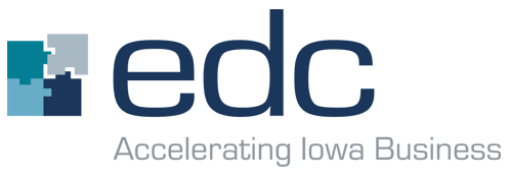The elevator pitch is what you use to explain your business/idea to a complete stranger. It can serve as an introduction to fellow entrepreneurs, businesspeople and investors. A practiced, well-crafted elevator pitch will be memorable, confidence-building and engaging.
This one comes from a 2010 blog by James Macanufo at Gamestorminghttp://www.gogamestorm.com/?p=125 . The idea is to have your group spend 90 minutes or so answering seven key questions about your customer, product, and market.
The answers can then be plugged into this elevator pitch sentence:
For [target customer segment], who has [customer need], [product name] is a [market category] that [one key benefit] unlike [competitor name], the product [unique differentiator].
Can you easily identify the seven answers for your business? If not, what do you need to do to get to this first step? These are all extremely important answers for early stage companies:
1. Target Customer Segment. A start up needs an identifiable target customer segment. It should be narrow and manageable. Early stage companies do not have the resources to tackle broad markets. Amazon started with delivering books to readers before expanding into other markets.
2. Customer Need. The more the customer needs your product the more likely they are likely to purchase it at a price point that will make your idea into a business. This is an area where entrepreneurs and inventors with an idea need to be brutally honest with themselves and to research their target market. For the business to be a success there has to be a clearly identifiable and compelling need.
3. Product Name. Naming your product or service helps bring it into being. It is also important to identify a suitable url that is connected with the product or your business name.
4. Market Category. In what market will you compete? Defining your market category will help you with the next answer.
5. One Key Benefit. What is the main benefit to your target customers? This is about the problem that you solve. A question often asked by investors is “Where’s the pain?” How do you relieve your customers’ pain? And is your solution Aspirin or morphine?
6. Competitor Name. For the elevator pitch it’s OK to identify just one key competitor – your main pitch and business plan should list them all. If you can’t identify one competitor you likely have a problem. If there is not a single business trying to solve the problem you solve then how strong is the need for your product?
7. Unique Differentiator. How you are different is key to your success. It is the essence of your brand. It should be something that is hard to copy. It is what will help you win.
This elevator pitch does not describe your whole business – for example it says nothing about how you make money – but it does help engage your audience and should lead them to want to know more.
Take some time coming up with these seven answers. Practice your pitch until you know it by heart. Then try it out at networking events, meetings and on phone calls. Refining this one sentence pitch helps better define a business and the reasons that it will be successful.

